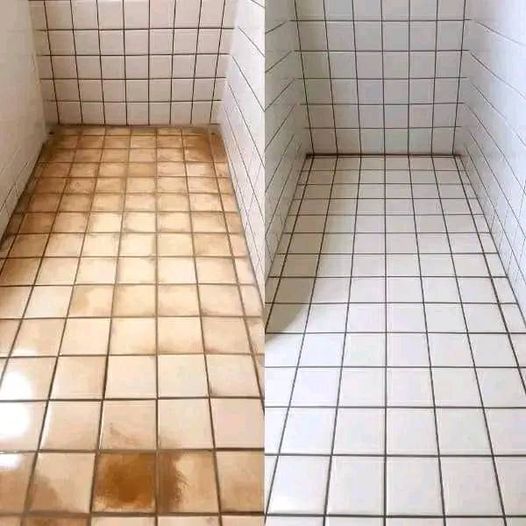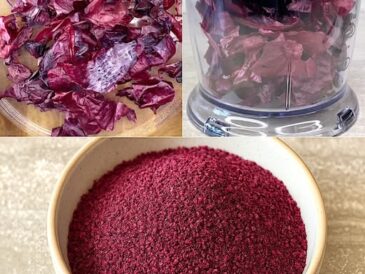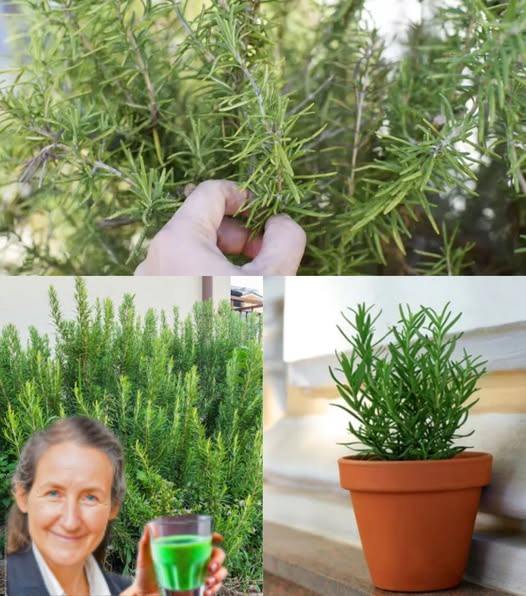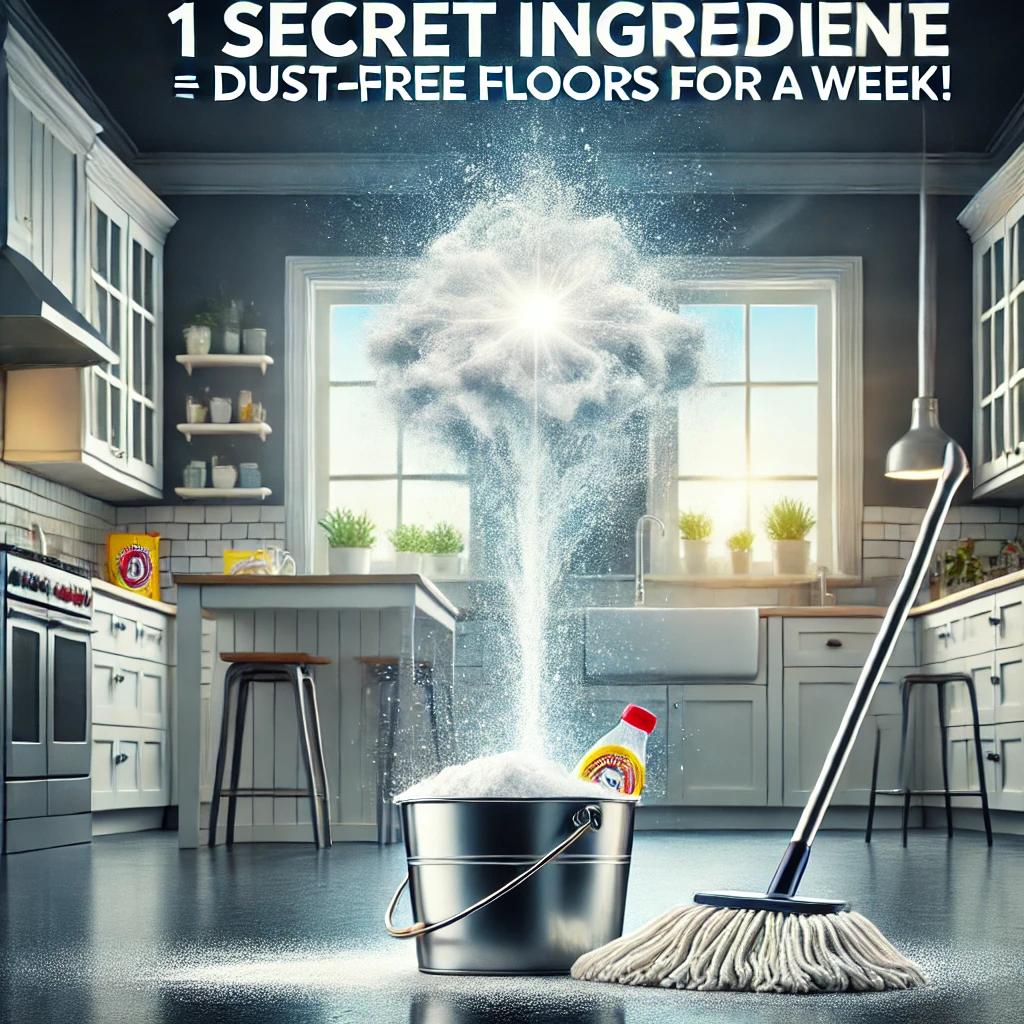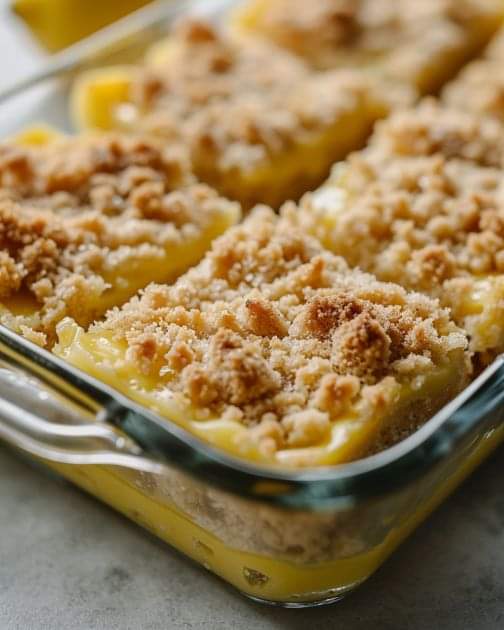Use a small brush, like an old toothbrush, to apply the baking soda paste directly to grout lines. For large areas, you can also spread it over tile surfaces to help remove surface stains.
Step 3: Let It Sit
Allow the paste to sit for 10–15 minutes. This gives the baking soda time to absorb dirt and grime.
Step 4: Optional – Add Vinegar for Extra Power
If your grout is very dirty, lightly spray white vinegar over the baking soda paste. The mixture will fizz, helping lift stubborn stains.
Step 5: Scrub Gently
Use your brush to scrub the grout lines or tile surfaces. Focus on areas with heavy buildup, but avoid excessive force to prevent scratching delicate tiles.
Step 6: Rinse Thoroughly
Rinse the tiles and grout with clean water. Use a microfiber cloth or sponge to wipe away any remaining residue.
Step 7: Dry and Admire
Dry the tiles with a clean cloth to avoid water spots. Your tiles and grout should now look brighter, cleaner, and smell fresh.
🌿 5 Other Natural Methods to Clean Tile Joints
While baking soda is highly effective, you can combine or rotate methods for a fully natural cleaning routine:
1. White Vinegar
- Heat vinegar slightly and dip a toothbrush in it.
- Rub it along grout lines to remove blackened dirt.
- Rinse with warm water.
2. Clay Stone (Pumice or Bentonite)
- Effective for removing stubborn stains on ceramic and porcelain tiles.
- Gently rub the tile surface; avoid excessive pressure on grout.
3. Lemon Juice
- The natural acidity helps remove stains and adds a pleasant scent.
- Can be combined with baking soda for a fizzing cleaning effect.
4. Hydrogen Peroxide
- A mild disinfectant that whitens grout.
- Mix with baking soda to form a paste and apply on grout lines.
5. Olive Oil
- Great for giving tile surfaces a glossy shine.
- Use sparingly on tile surfaces (not grout) to avoid slippery spots.
💡 Extra Tips for Maintaining Clean Tiles
- Regular Cleaning: Wipe down tiles after showers or cooking to prevent buildup.
- Ventilation: Ensure bathrooms and kitchens are well-ventilated to avoid mold and mildew growth.
- Seal Grout: Consider sealing grout lines every 6–12 months to protect them from staining.
- Avoid Harsh Chemicals: Bleach and ammonia can damage certain tiles or grout over time.
✅ Why Natural Cleaning is Worth It
Using baking soda and other household items is not only safe but also highly effective. You avoid harsh chemical residues, save money, and maintain the integrity of your tiles and grout. Plus, natural products are kinder to the environment and your family’s health.
Bonus: Baking soda can also deodorize drains, refrigerators, and carpets—making it one of the most versatile cleaning agents in your home.
Summary
Cleaning and shining tiles doesn’t need to be a chore or an expensive process. With baking soda, a bit of water, and optional ingredients like vinegar or lemon juice, you can bring dull tiles and dark grout back to life. Regular maintenance using these natural methods keeps your home looking bright, fresh, and hygienic.
This method is simple, safe, and surprisingly effective—perfect for anyone looking to reduce chemical use while keeping their home sparkling clean.

